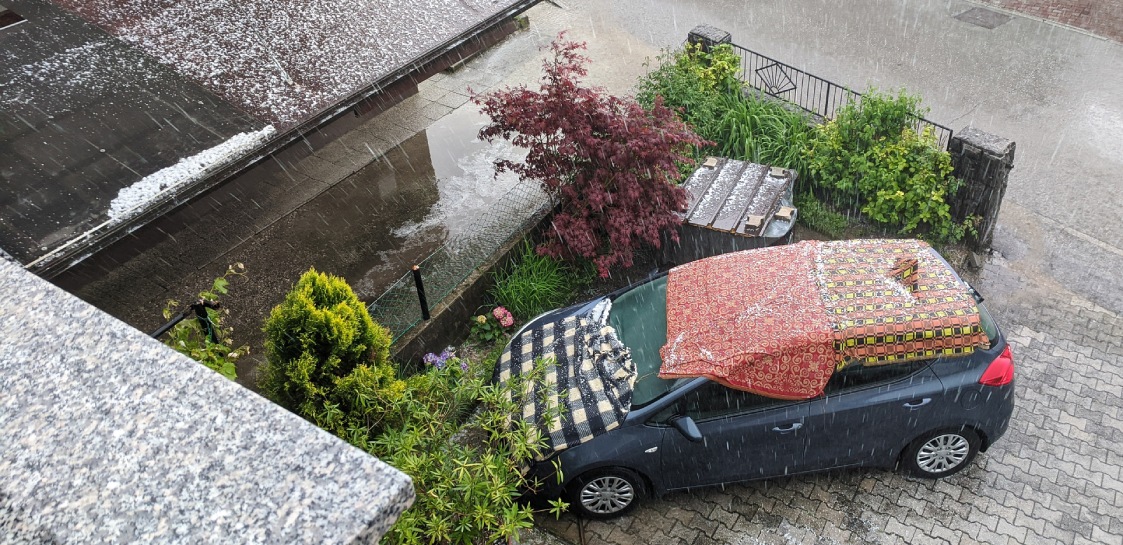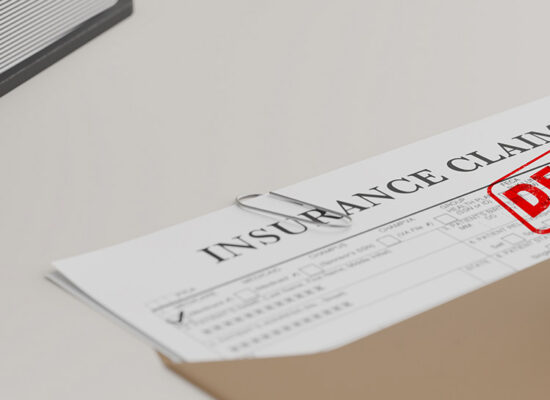Understanding Your Rights After a Hailstorm Damages Your Property in North Texas
North Texas, particularly the Dallas-Fort Worth area, is no stranger to severe weather. Hailstorms often strike with sudden ferocity, leaving behind significant property damage. These storms can dent vehicles, damage roofs, shatter windows, and create long-lasting complications for homeowners and business owners alike.
When hail damages your property, navigating the insurance process can feel like a storm of its own. Understanding your rights under your insurance policy and knowing how to address challenges such as low settlement offers or denied claims is critical. This guide will help you understand the process so you can receive the compensation you deserve.
The Impact of Hailstorms in Dallas-Fort Worth
The Dallas-Fort Worth area is one of the most hail-prone regions in the United States. With Texas consistently leading the nation in hail damage claims, residents in this area know the financial and emotional toll these storms can bring.
Common damages caused by hailstorms include:
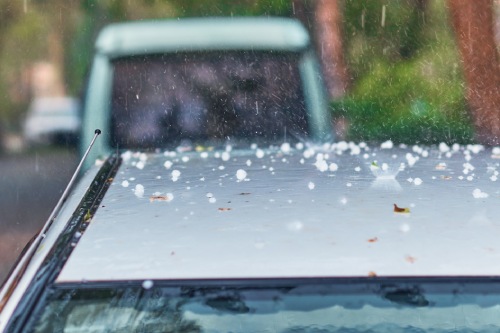
- Roof damage: Hailstones can crack shingles, dislodge tiles, and cause leaks.
- Vehicle dents and cracks: Car windows, mirrors, and bodies are especially vulnerable.
- Shattered windows and siding: Homes and businesses often sustain significant structural damage.
- Outdoor property damage: Equipment, landscaping, and fencing are frequently affected.
The aftermath of a hailstorm is often chaotic, as property owners rush to document damage, find contractors, and file insurance claims.
Navigating Hail Damage Insurance Claims

Insurance policies are designed to offer protection, but getting fair compensation often requires diligence and persistence. Follow these steps to improve your chances of a successful hail damage insurance claim:
-
Document the damage immediately
As soon as it is safe to inspect your property, take clear photos and videos of all affected areas. Be thorough—document roofs, windows, vehicles, siding, and outdoor equipment. Make sure your evidence is time-stamped to confirm it was taken shortly after the storm.
-
Review your policy details
Understanding your hail damage insurance policy is critical. Review what is covered, your deductible amount, and any exclusions. For example:
- High deductibles: Policies often have specific deductibles for wind and hail damage, which may differ from standard deductibles.
- Limited coverage: Some policies may exclude cosmetic damage or only cover damage above a certain threshold.
Knowing your policy’s terms helps set realistic expectations when negotiating with your insurer.
-
File your claim promptly
Time is of the essence when it comes to insurance claims. Many policies have deadlines for reporting damage, so don’t delay in notifying your insurer. Early action also prevents secondary damage, like water infiltration, which insurers might cite as a reason to reduce or deny your claim.
-
Seek an independent inspection
While insurance companies send adjusters to assess damages, their evaluations may not fully reflect the extent of the loss. Hiring a third-party inspector or contractor to provide an independent estimate gives you have accurate information to present during negotiations.
-
Keep written records of all communications
Document every interaction with your insurance company, including phone calls, emails, and letters. Maintaining a clear paper trail is crucial if you need to challenge their decisions or involve a property damage attorney later.
Challenges in the Claims Process
Unfortunately, insurance companies don’t always make the claims process easy. Common challenges include:
- Low settlement offers: Insurers might undervalue your claim, citing repair costs that are insufficient to cover the damage.
- Claim denials: Insurers may argue the damage doesn’t meet your policy’s requirements or claim it was caused by pre-existing conditions.
- Delays in processing: Slow responses can lead to further property damage, leaving you financially and emotionally strained.
If you encounter these obstacles, it’s essential to act swiftly and strategically.
How to Handle Low Settlements or Denials
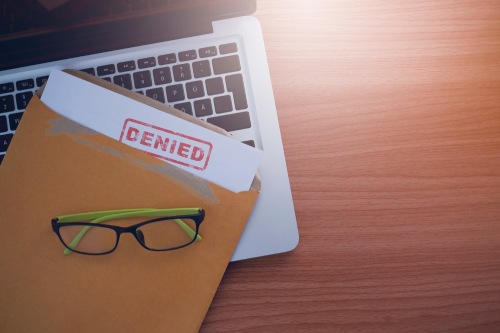
If your insurer’s settlement offer doesn’t cover your repair costs, or if your claim is denied, don’t lose hope. You have options:
Request a detailed explanation
Ask your insurer to explain the reasoning behind their decision – in writing. This can help you identify gaps in their assessment and provide additional evidence to support your claim.
Submit a rebuttal
Provide documentation to challenge their evaluation. This might include:
- An independent inspection report
- Additional photos or videos of the damage
- Expert opinions from contractors or engineers
Hire a property damage attorney
If your insurer refuses to budge, consulting a property damage attorney can be a game-changer. These legal professionals specialize in insurance disputes and can:
- Negotiate directly with your insurer
- Make sure your policy rights are upheld
- File a lawsuit if necessary to secure fair compensation
Leverage Texas law
Texas law requires insurance companies to handle claims in good faith. If your insurer engages in bad faith practices—such as unnecessary delays, insufficient settlements, or unwarranted denials—you may be entitled to additional damages.
Take measures to minimize future damage
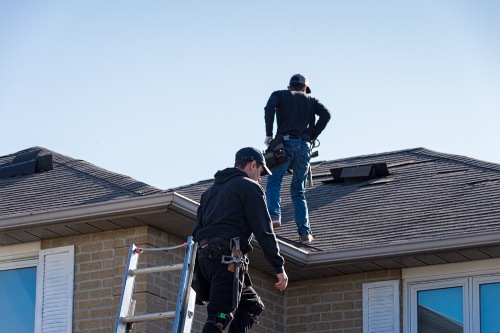
While you can’t stop a hailstorm, taking preventive steps can reduce the extent of future damage and protect your claim:
- Invest in impact-resistant materials
Upgrade your roof with impact-resistant shingles or metal roofing, which are designed to withstand hail. - Trim trees regularly
Overhanging branches can break during storms, causing additional damage. - Install protective covers
Use carports or hail blankets to shield vehicles and outdoor equipment during storm season. - Conduct routine inspections
Inspect your roof, gutters, and windows annually to address vulnerabilities before storms strike. - Keep your policy up to date
Ensure your insurance coverage reflects any property improvements or changes to reduce the risk of coverage gaps.
Why Legal Help Matters
Dealing with insurance companies can be intimidating, especially when they undervalue or deny valid claims. A property damage attorney provides invaluable support, offering expertise and advocacy to make sure you are treated fairly.
Here is how an attorney can help:
- Policy Analysis: Understanding the fine print of your policy and identifying coverage entitlements.
- Claim Advocacy: Negotiating better settlements and addressing insurer tactics.
- Litigation Support: Representing you in court if your claim requires legal action.
Choosing a local attorney familiar hailstorms ensures they understand the unique challenges faced by North Texans.
If you’re struggling with a claim, don’t hesitate to contact a property damage attorney. At Palker Law Firm, we specialize in helping Texans fight for the compensation they deserve after hailstorms and other disasters. Schedule a consultation today to protect your property and your peace of mind.

